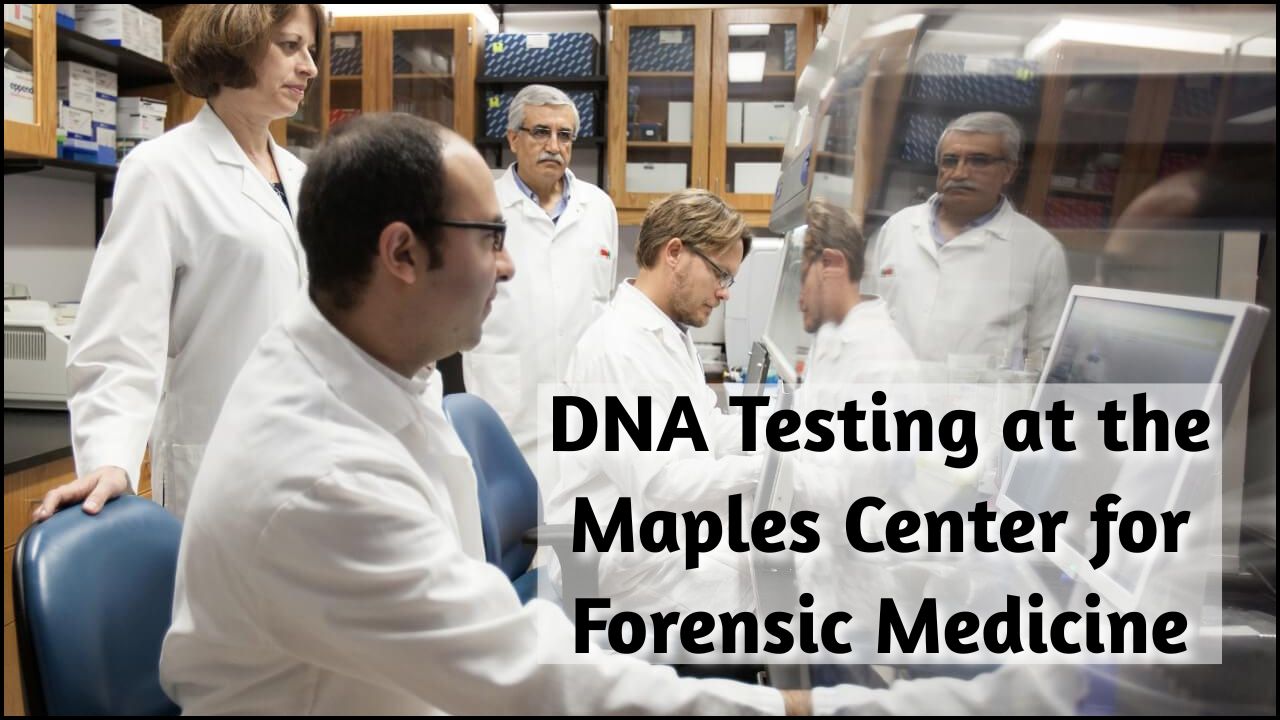
A forensic necropsy plays a vital role in understanding how and why an animal died. At the College of Medicine, University of Florida, the Forensic Necropsy Service focuses on providing critical evidence that can be used in legal investigations. Most of the cases handled involve suspicious circumstances and possible foul play. The service helps determine the cause, mechanism, and time of death, often assisting law enforcement agencies in building a clear picture of events leading to the animal’s death.
Definition of Forensic Necropsy
- Forensic Necropsy
A detailed examination of an animal’s body after death to uncover medical findings that can be used in legal proceedings. - Veterinary Forensic Pathologist’s Role
- Examination of Injuries and Disease
The animal is checked for signs of trauma or illness. - Sample Collection
Tissues and bodily fluids may be collected for further testing.
- Examination of Injuries and Disease
- Legal Purpose
- The information gained is used in criminal or civil cases.
- Findings can support animal cruelty investigations or other legal actions.
Types of Cases Submitted for Forensic Necropsy
Many cases involve violence, neglect, or unnatural causes of death. Some common examples include:
- Gunshot Wounds
Injuries caused by bullets; examined to determine entry, exit, and trajectory. - Stab Wounds
Cuts and punctures from sharp objects may show depth and angle. - Blunt Force Trauma
Damage from impact often shows broken bones, bruising, or internal injuries. - Asphyxia
- Strangulation: Pressure to the neck restricting airflow.
- Drowning: Water in the lungs and airways.
- Death in a Fire
Examination of burn patterns and inhalation of smoke or chemicals. - Neglect or Abuse
Indicators of poor nutrition, untreated injuries, or long-term suffering.
Services Offered by the Forensic Pathology Service
The College of Medicine’s Forensic Necropsy Service provides a variety of professional tools to support investigations:
| Service | Description |
|---|---|
| Written Report | A formal, detailed document outlining the findings of the necropsy. |
| Photo Documentation | Clear images taken during the necropsy to show injuries and other key findings. |
| Histologic Examination | Microscopic study of tissues to detect disease or injury. |
| Forensic Imaging Studies | Includes CT scans and digital X-rays for internal views of the body. |
Information Gained from a Forensic Necropsy
The necropsy process can provide a wide range of details useful for understanding the death of an animal.
| Information Type | Details Provided |
|---|---|
| Cause of Death | The primary medical reason the animal died (e.g., trauma, poisoning). |
| Mechanism of Death | How the cause of death affected the body (e.g., blood loss, organ failure). |
| Time of Death | An estimated timeframe of when the death occurred. |
| Evidence Collection | Includes trace evidence, plant matter, insects, or DNA samples. |
| Animal Identification | Determining the species or individual animal, especially if untagged or unknown. |
Forensic Necropsy and Law Enforcement
- Support for Investigations
The results of the necropsy help law enforcement understand what happened and whether foul play occurred. - Legal Documentation
Reports and evidence can be used in court to support charges or defend innocent parties. - Interdisciplinary Collaboration
Pathologists may work with veterinarians, police, forensic scientists, and attorneys.
Laboratory Hours and Submission Guidelines
- Operating Hours
- Days Open: Monday to Friday
- Time: 8:00 a.m. to 5:00 p.m.
- Closed on: University holidays
- Necropsy Submission
- Available 24/7: Requests can be sent by email at any time.
- After-Hours Drop-Off: Animals can be brought to the lab outside business hours.
- Submission Form: Should be filled out completely to ensure accurate handling.
Steps Before Submitting a Case
- Contact the Laboratory
Communication before submission helps meet specific needs and ensures preparation. - Gather All Case Details
Accurate and complete information increases the usefulness of the necropsy. - Use Correct Packaging
Ensure the animal is preserved properly and labeled correctly before transport.
Additional Evidence Collection Possibilities
Some cases may require extra types of evidence to solve the mystery of an animal’s death:
| Evidence Type | Purpose |
|---|---|
| Trace Evidence | Hair, fibers, or other small materials linking suspects or locations. |
| Botanical Evidence | Plant material to help determine the environment or movements. |
| Entomological Evidence | Insects to estimate time of death. |
| Genetic Evidence | DNA for identifying the animal or linking it to other evidence. |
Importance of Accurate Forensic Examination
- Legal Accuracy
Ensures that justice is based on scientifically sound evidence. - Animal Welfare
Uncovers cases of abuse, neglect, or illegal activity involving animals. - Scientific Rigor
Follows strict procedures and uses modern technology to ensure reliable results.
Final Analysis
The Forensic Necropsy Service at the College of Medicine, University of Florida, plays a crucial role in uncovering the truth behind suspicious animal deaths. From trauma analysis to advanced imaging, each step contributes to a clearer understanding of how and why an animal died. This service not only supports legal investigations but also promotes the ethical treatment and protection of animals by bringing hidden facts to light.








